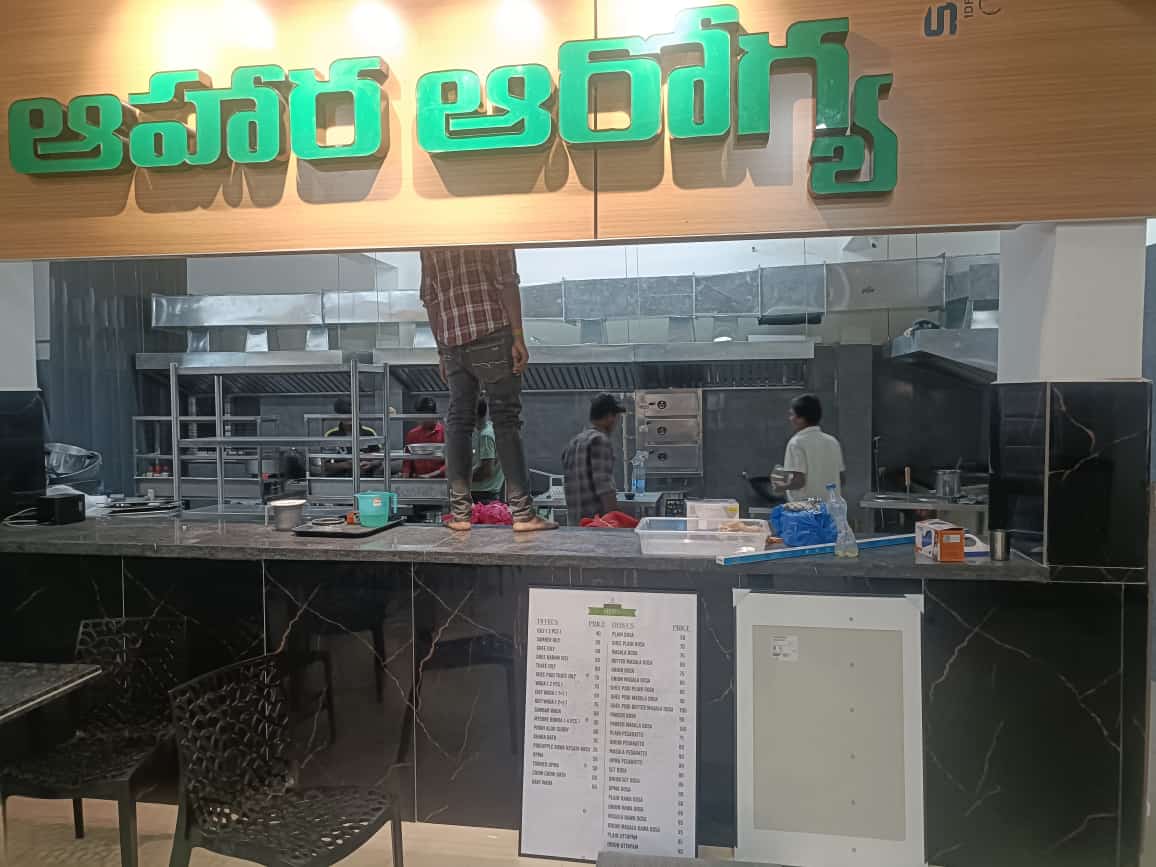RESTAURENT KITCHEN SETUP IN HYDERABAD Setting up a restaurant kitchen requires careful planning to ensure efficiency, hygiene, and seamless operations. Here are some essential aspects to consider: 1. Kitchen Layout & Workflow Zones: Divide the kitchen into specific zones – preparation, cooking, plating, storage, and dishwashing. Workflow: Ensure smooth movement of chefs and staff to avoid congestion and delays. Ventilation: Proper ventilation and exhaust systems are crucial for maintaining air quality and temperature. 2. Essential Equipment Cooking Equipment: Stoves, ovens, grills, fryers, and steamers based on menu requirements. Refrigeration: Commercial refrigerators and freezers for ingredient storage. Prep Stations: Stainless steel counters, cutting boards, mixers, and processors for food preparation. Dishwashing Area: High-capacity dishwashers and sinks for cleanliness. 3. Safety & Hygiene Food Safety: Implement HACCP (Hazard Analysis and Critical Control Points) guidelines. Sanitation: Regular cleaning schedules, waste disposal systems, and pest control measures. Fire Safety: Install fire suppression systems, extinguishers, and train staff on fire safety protocols. 4. Inventory & Storage Management Dry Storage: Shelving for non-perishable goods, spices, and packaging materials. Cold Storage: Proper organization of perishable goods to minimize waste. Labeling & Rotation: Follow FIFO (First In, First Out) to maintain freshness.

This is your website preview.
Currently it only shows your basic business info. Start adding relevant business details such as description, images and products or services to gain your customers attention by using Boost 360 android app / iOS App / web portal.


Submit Your Enquiry